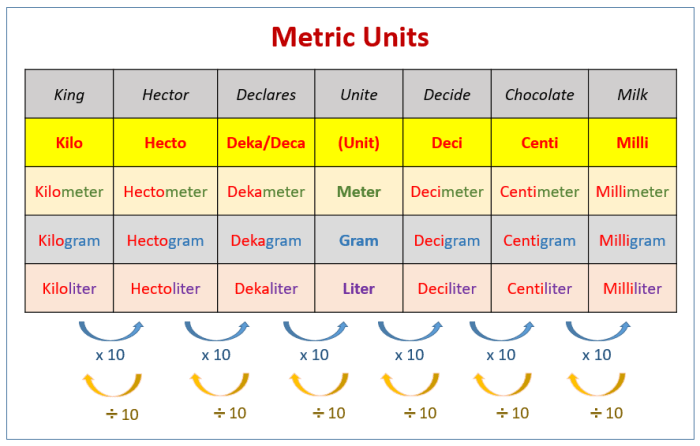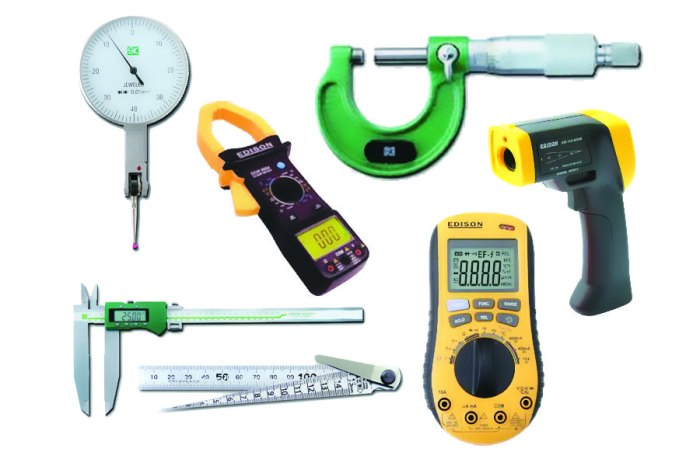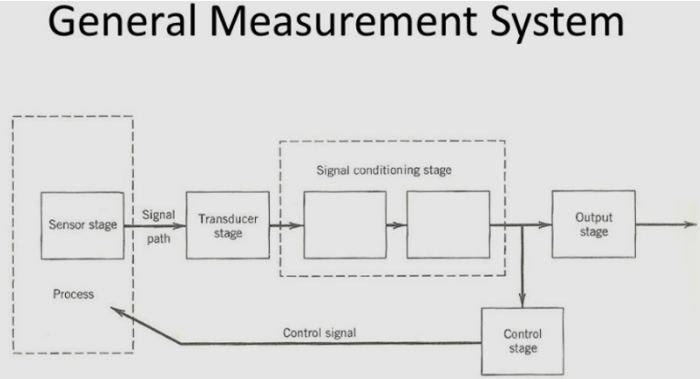Various hair loss measurement systems identify which of the following: shedding light on hair loss patterns. Understanding hair loss is crucial, and various measurement systems provide valuable insights. This comprehensive guide delves into the different systems, their accuracy, and how they can help identify hair loss, paving the way for effective treatment.
Hair loss is a common concern, and identifying its patterns is essential for effective management. Various hair loss measurement systems provide a means to assess hair loss, aiding in the diagnosis and monitoring of hair loss conditions.
Hair Loss Measurement Systems: Various Hair Loss Measurement Systems Identify Which Of The Following
Hair loss measurement systems are used to assess the extent and severity of hair loss. There are various systems available, each with its advantages and disadvantages.
Table of Hair Loss Measurement Systems, Various hair loss measurement systems identify which of the following
| System | Advantages | Disadvantages |
|---|---|---|
| Ludwig Scale | Simple and easy to useCan be used for both men and women | SubjectiveNot very accurate |
| Norwood-Hamilton Scale | More detailed than the Ludwig ScaleCan be used for men only | SubjectiveNot very accurate |
| Savin Scale | More objective than the Ludwig and Norwood-Hamilton ScalesCan be used for both men and women | More complex to useRequires a trained professional |
| Trichoscan | Objective and accurateCan be used for both men and women | ExpensiveNot widely available |
Identifying Hair Loss

Hair loss measurement systems can be used to identify hair loss by assessing the density and diameter of the hair shafts. The Ludwig, Norwood-Hamilton, and Savin Scales are all subjective systems that rely on the observer’s judgment. Trichoscan is an objective system that uses a digital camera to take images of the scalp.
These images are then analyzed by a computer to determine the hair density and diameter.
The accuracy and reliability of hair loss measurement systems vary. The Ludwig, Norwood-Hamilton, and Savin Scales are relatively inaccurate and unreliable. Trichoscan is a more accurate and reliable system, but it is also more expensive and not as widely available.
Factors Influencing Hair Loss

There are many factors that can influence hair loss, including:
- Genetics
- Age
- Hormones
- Medical conditions
- Medications
- Environmental factors
- Lifestyle factors
Hair loss measurement systems can be used to assess the severity of hair loss and to identify the factors that may be contributing to it.
Treatment Options

There are a number of treatment options available for hair loss, including:
- Minoxidil
- Finasteride
- Laser therapy
- Hair transplantation
The best treatment option for hair loss will depend on the individual patient and the underlying cause of the hair loss. Hair loss measurement systems can be used to determine the severity of hair loss and to help select the most appropriate treatment option.
Helpful Answers
What are the most commonly used hair loss measurement systems?
Trichoscopy, phototrichogram, and hair pull test are widely used hair loss measurement systems.
How accurate are hair loss measurement systems?
The accuracy of hair loss measurement systems varies depending on the system used. Trichoscopy is considered highly accurate, while other methods may have limitations.
Can hair loss measurement systems identify the cause of hair loss?
Hair loss measurement systems primarily assess the extent and patterns of hair loss. Identifying the underlying cause may require additional diagnostic tests or a consultation with a healthcare professional.